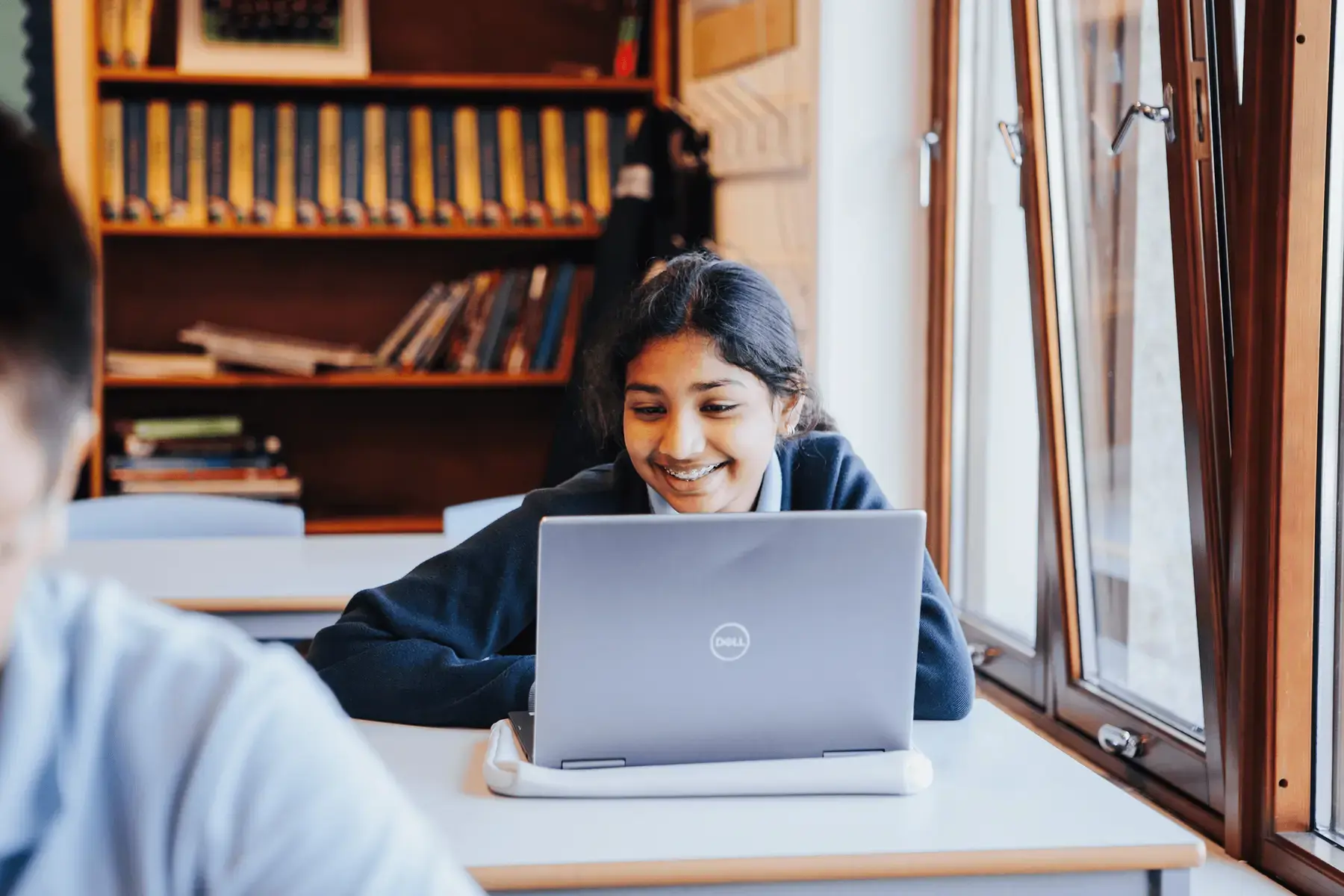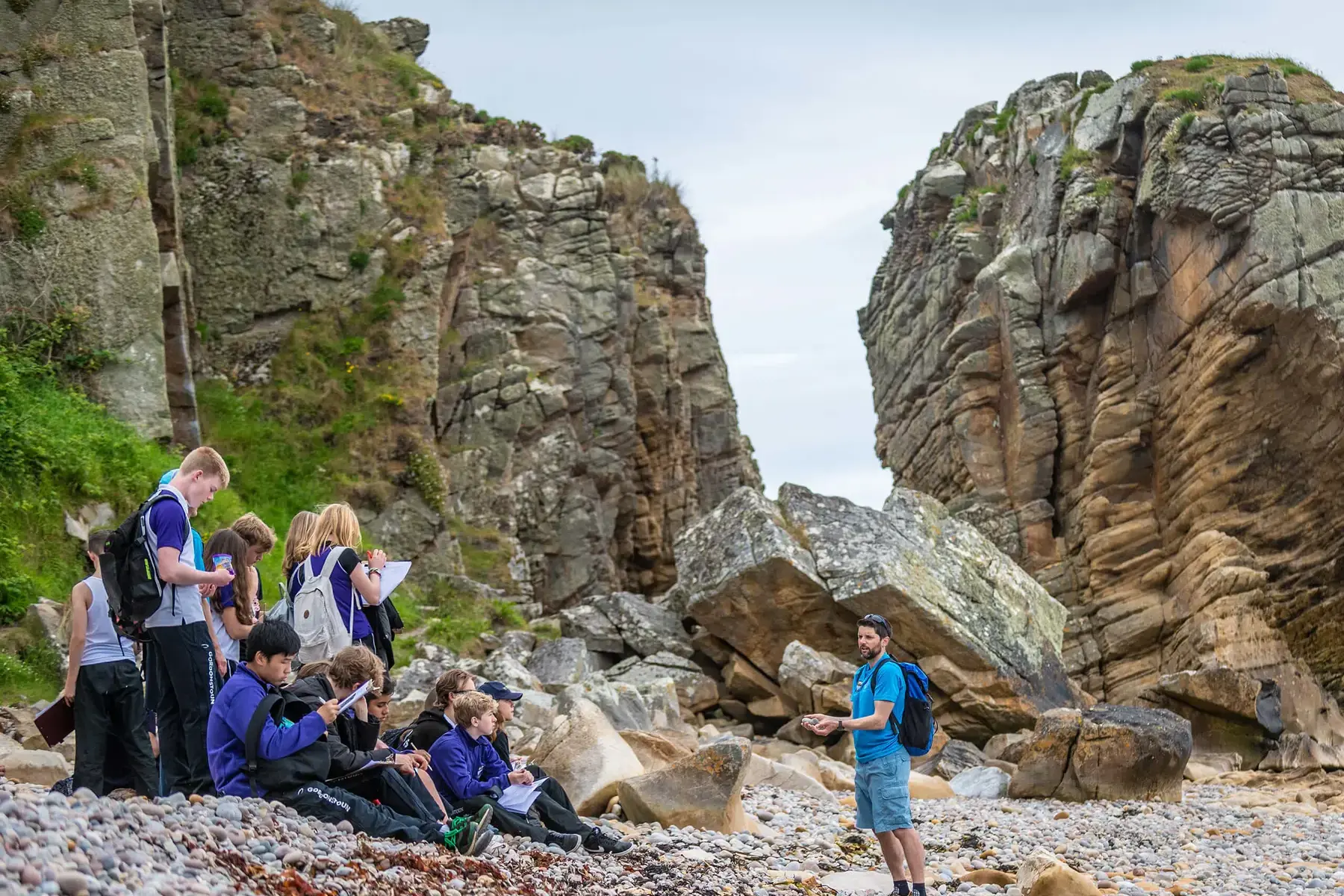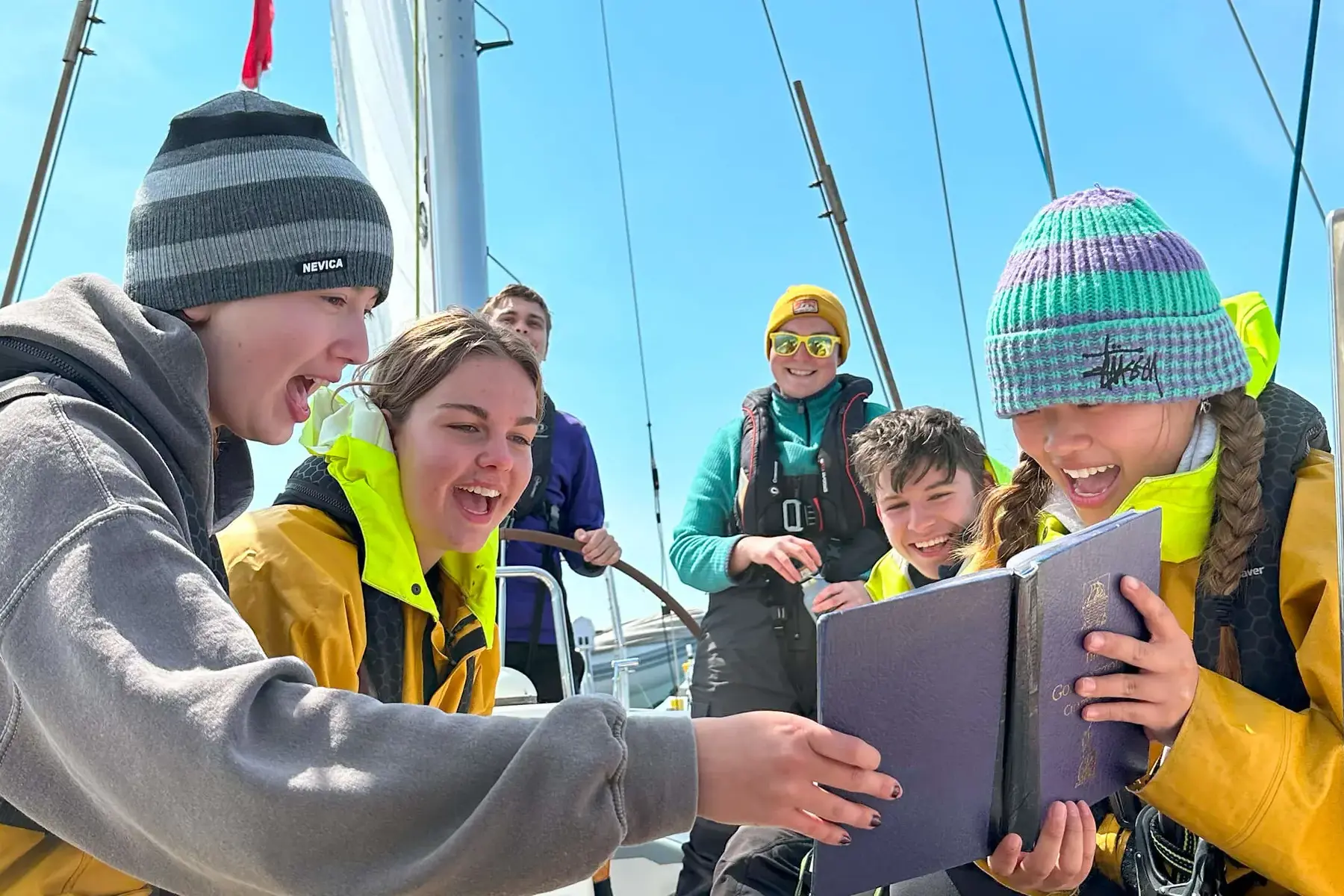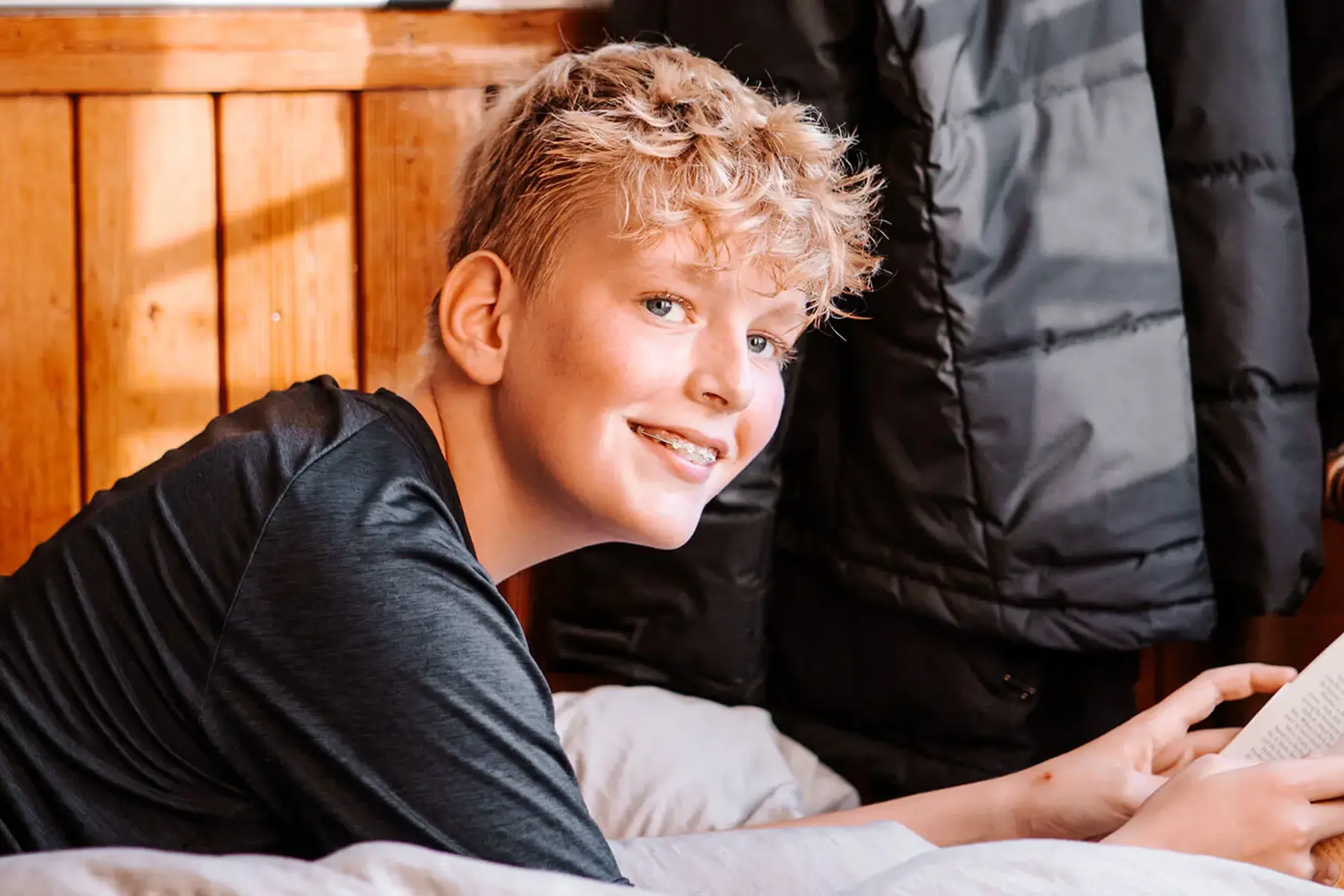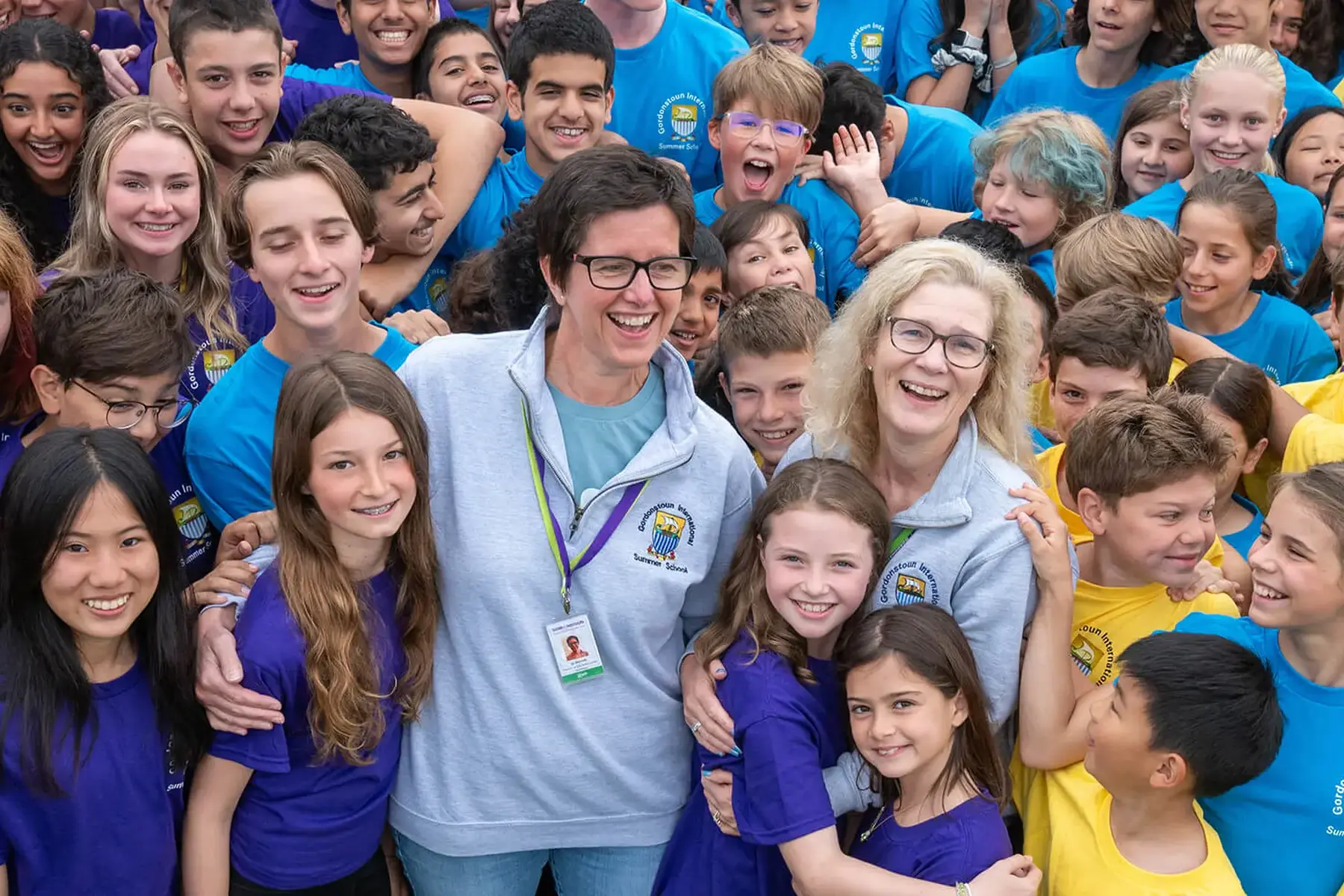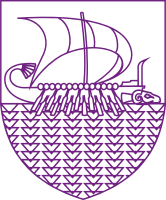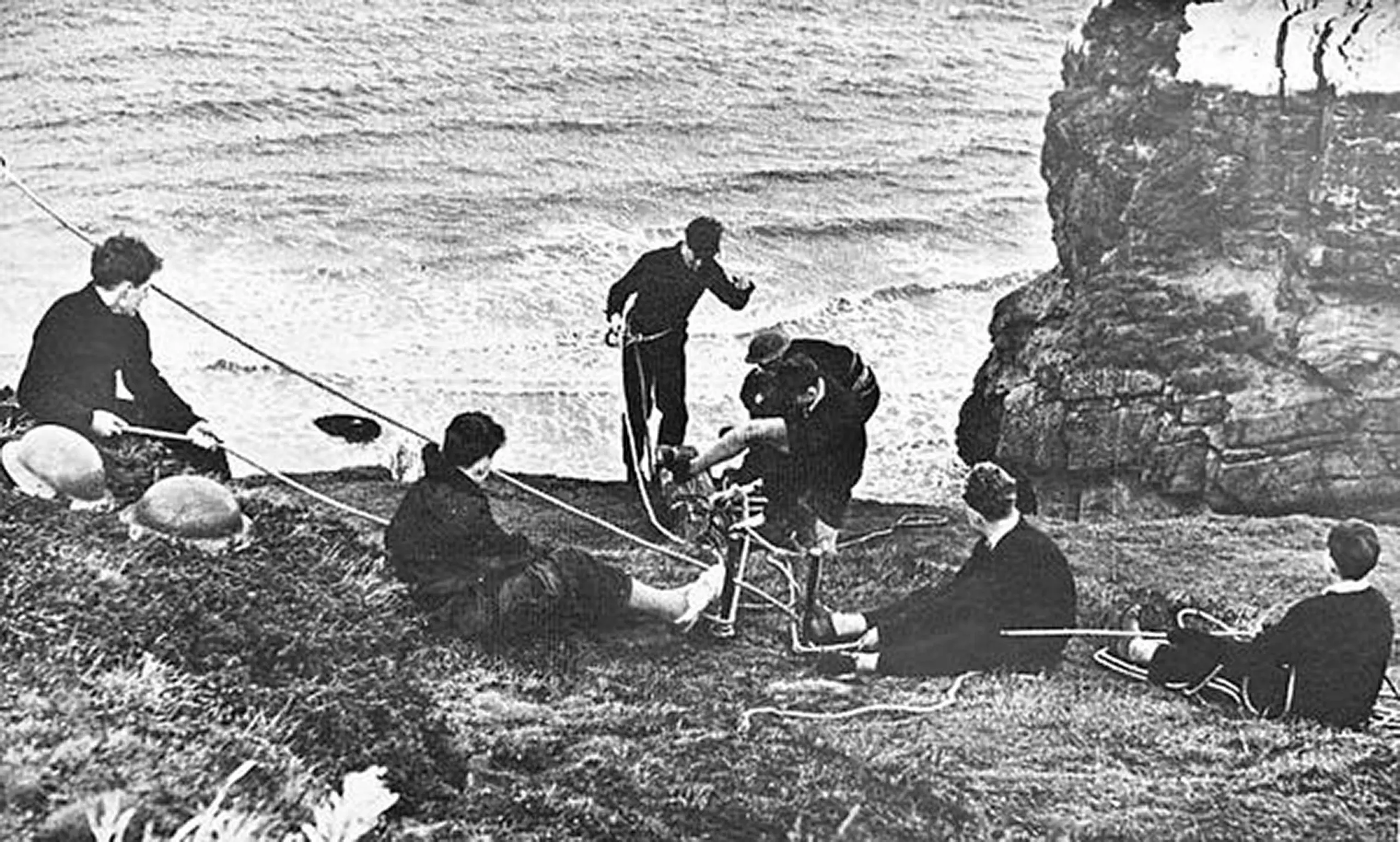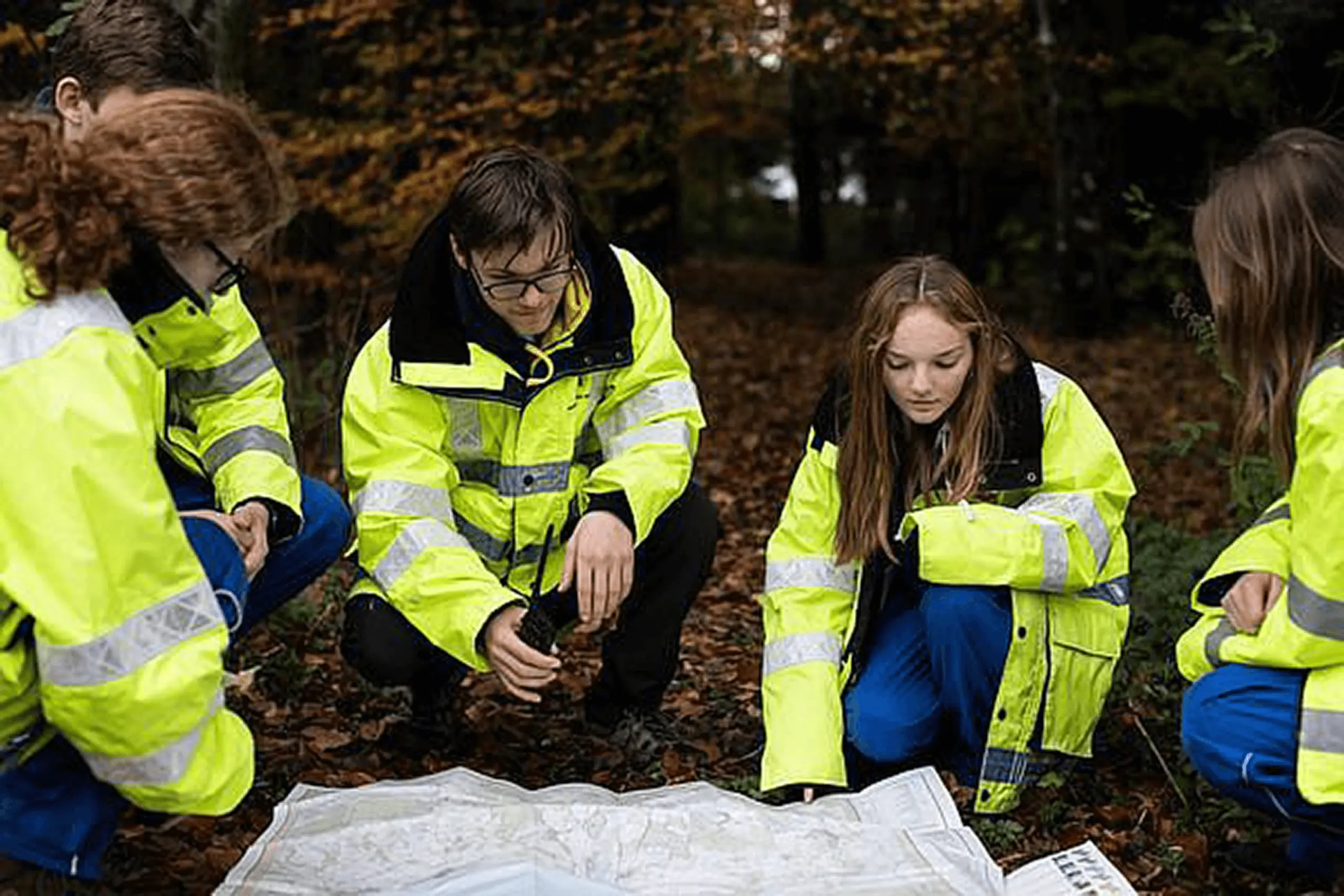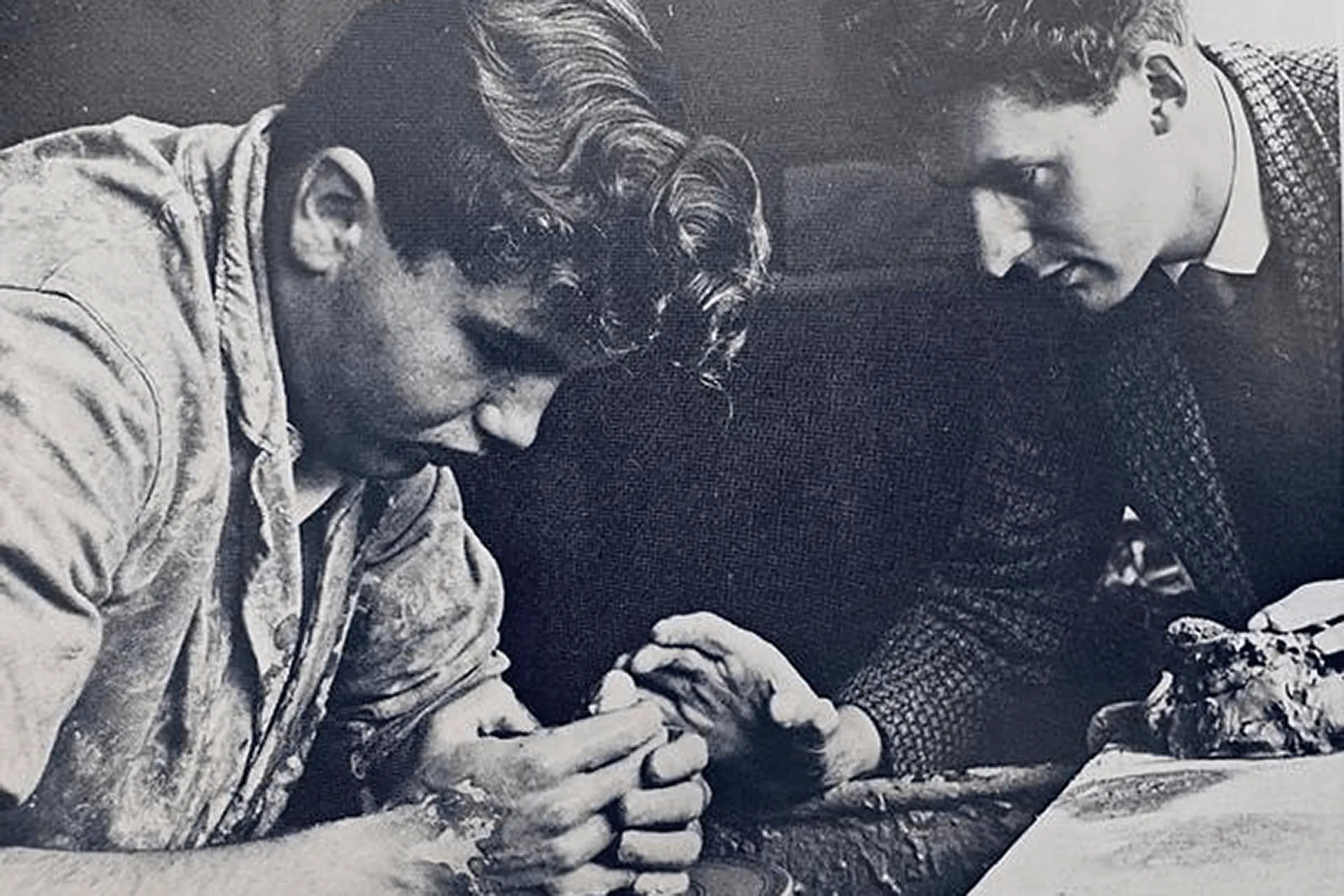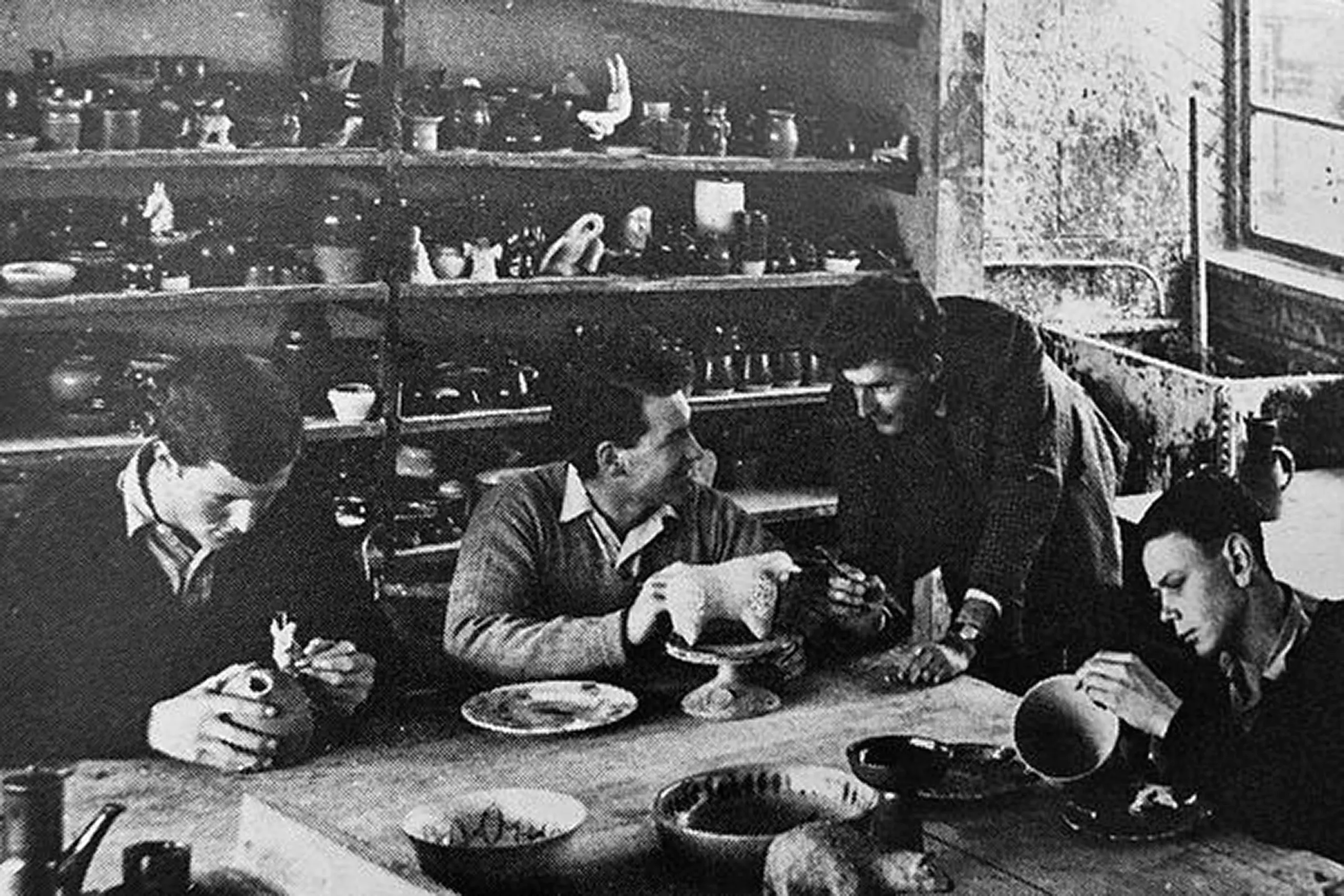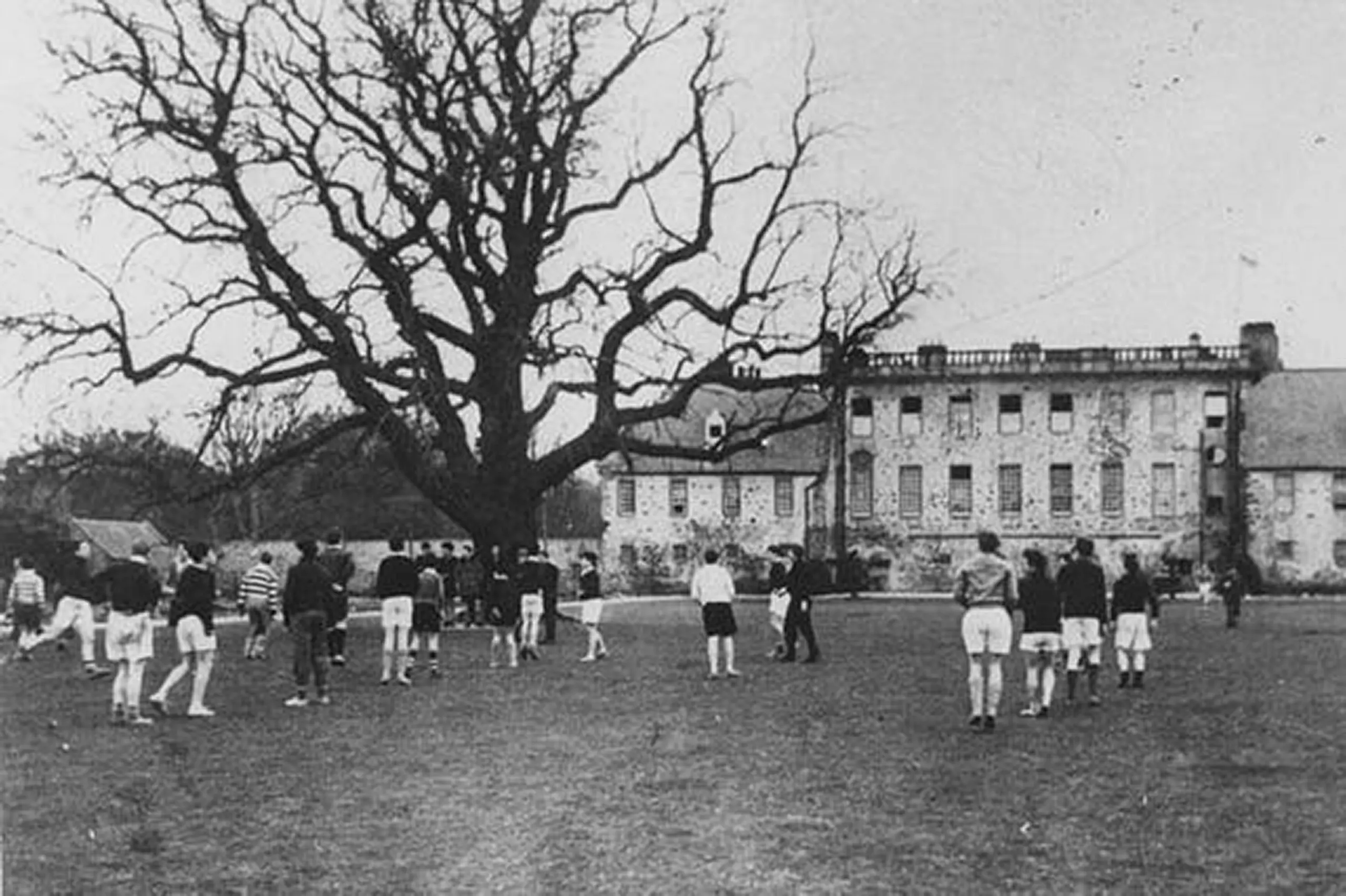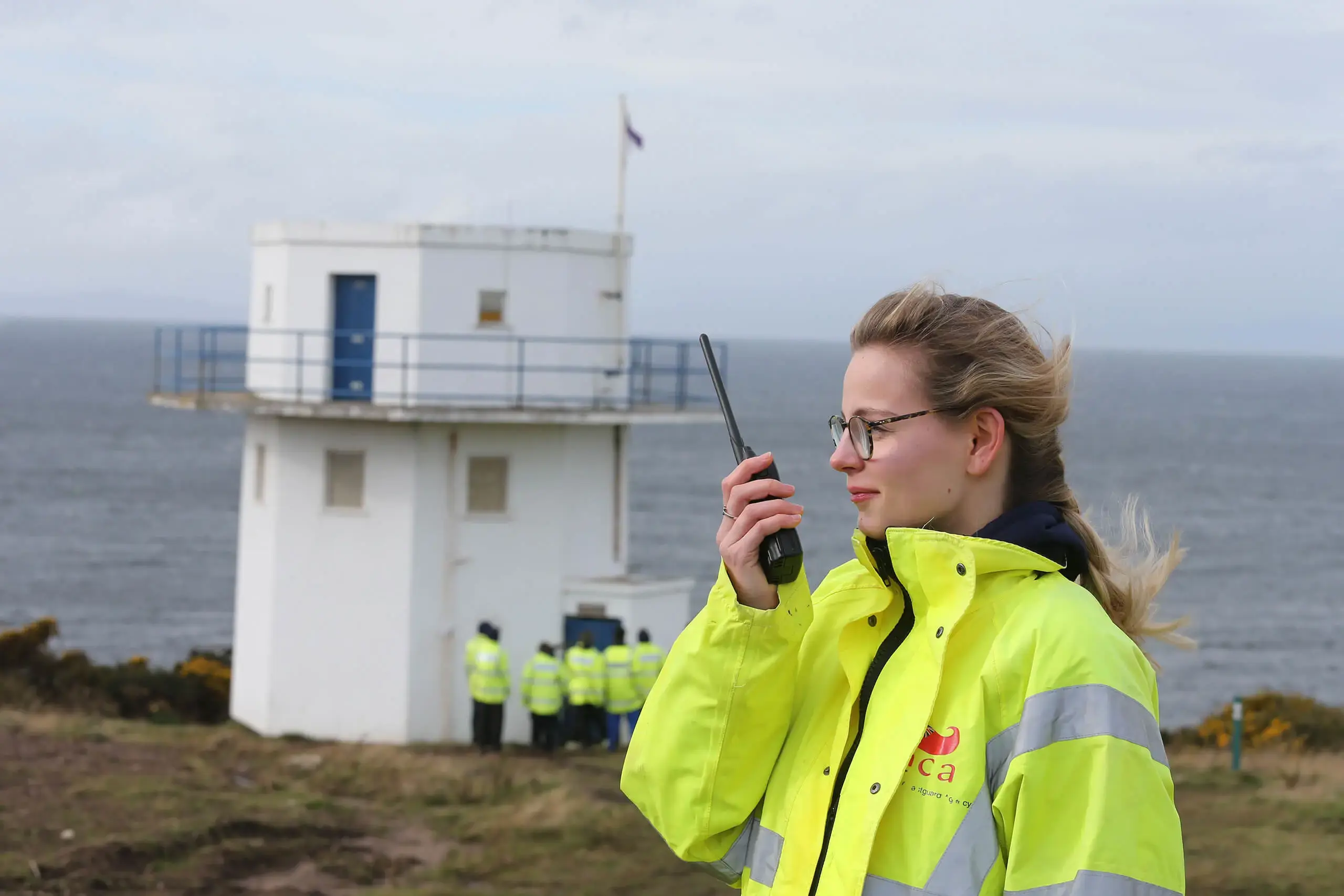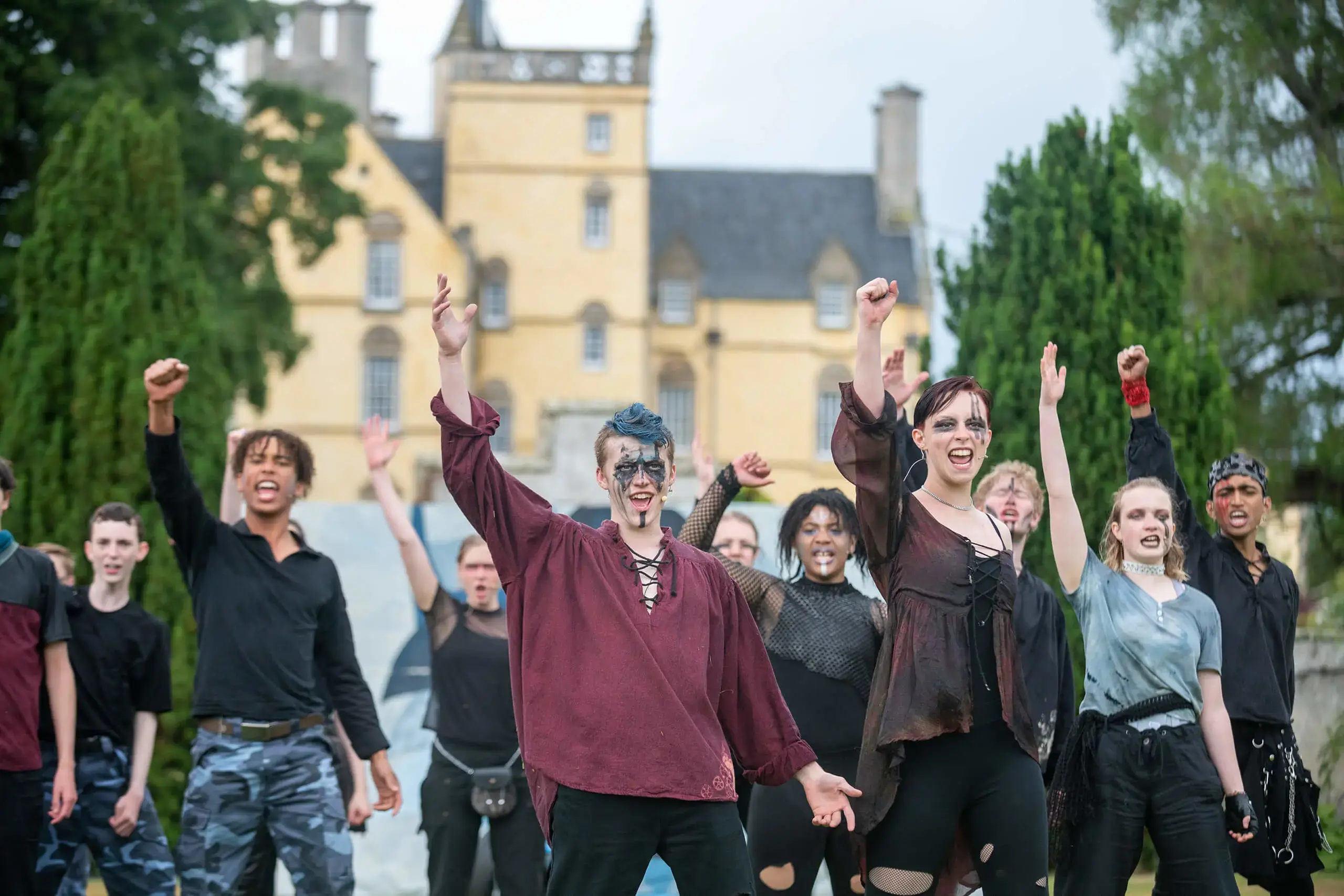Gordonstoun is immensely proud to be the first senior school to educate a King, and prouder still to note how the years King Charles spent here nurtured his love of, and commitment to, service, to the outdoors and to the arts.
The ethos of the school was, as it remains today, focused on preparing students for life, and for exams, and King Charles fully took part in the broad and comprehensive curriculum both inside and outside the classroom.
During the King’s time at Gordonstoun, the day started at 7am with a shower (warm followed by cold) and a short morning run. The school’s founder Kurt Hahn was ahead of his time with his understanding of the benefits of cold showers for immunity, energy and indeed mental health! After breakfast, the boys had four 50-minute lessons before lunch and a short rest period. This rest was taken wherever they were at the time, including the library.
Activities in the afternoon included – depending on the day of the week – games, practical work on the estate, membership of one of the school’s rescue services, or other activities like riding, seamanship and drawing. They also all enjoyed one afternoon off a week. After activities, there was more school work before supper with bed time at around 9.30, depending on your age. King Charles was a member of Windmill Lodge, a boarding house still in use, but now housing girls.
|
In the words of a contemporary: “In Windmill Lodge, at that time, everybody except the House Helper slept in dormitories, of which the smallest was 4 beds and the largest about 6 beds, I think, maybe one or two had 8. Charles was no exception… until he became the House Helper when, like his predecessors, he had his own study/bedroom. As for the beds themselves, everyone had identical beds, which were simple, modern and lowish (the kind that is nowadays called a divan). They were fairly comfortable and there were no complaints about them.” |
|
King Charles was a member of the school’s HM Coastguards (or Watchers as it was then known) as his father, HRH The Prince Philip had been. In 2017, at a Buckingham Palace ceremony recognising volunteers, the King spoke about how he had to do ‘real-life coastguard work’ at Gordonstoun, joking that “We had a coastguard lookout on the coast on the cliffs, and most of the time we spent hoping that some enormous aircraft carrier would run aground so that we could rescue the entire crew with what was then a very complicated set of breeches buoys.”
The King’s choice of service (others, at the time, being the Fire Service, the Sea Cadets and the Army Cadets) is not the only way in which he followed in his father’s footsteps. He also enjoyed other elements of the school’s core curriculum – expeditions into the Scottish Highlands and sailing in the Moray Firth and beyond; and signed on with the Royal Navy from school in 1964 (a branch of the Armed Forces that he later joined). He undertook a week’s training at Portsmouth naval base with fellow cadets from Gordonstoun who were taught basic sailing, rowing and navigation.
The broad Gordonstoun curriculum also embraces the arts – Kurt Hahn believed that, although preparation for exams – ‘actual school work’ - was of course hugely significant, it was not the ‘only side of intellectual life that needs attention.’ Music, art, and drama play an important part in the core curriculum at Gordonstoun and King Charles particularly excelled in these spheres, he played the cello, the trumpet, sang in the choir and earned lead roles in many of the school’s drama productions.
This striking image of King Charles as Macbeth made the front pages of the newspapers in 1965. His performance as the Scottish King was reported to be outstanding and the Queen and the Duke of Edinburgh were amongst the other parents in the audience for the final performance. Other roles include the Duke of Exeter in Shakespeare’s Henry V and the Pirate King in the school’s 1967 production of the Gilbert and Sullivan operetta ‘The Pirates of Penzance’. The King’s first role in a school play was as one of the learned scribes in the school’s annual Nativity play and, in 1965, he was described as “the best actor in the school” by Donald McLachlan in the Sunday Telegraph.
King Charles also took advantage of the school’s International Exchange programme, spending two terms at Timbertop, the outback annexe of Geelong Church of England Grammar School, near Melbourne in Australia. In a BBC radio interview in 1969, he spoke of his time in Australia, saying it was “rigorous and tougher” than Gordonstoun but that he loved it. He went on expeditions into the bush every weekend and ran two cross-countries a week.
He also wrote an account of his stay in the school magazine, saying "There is a lot of wood chopping done here but I’m afraid it’s very essential as the boys' boilers have to be stoked with logs and the kitchen uses a huge number." This is still the case today at Timbertop, as Gordonstoun Principal Lisa Kerr discovered on a visit to the school in 2023. The King went on to say "The first week I was here I was made to go out and chop logs on a hillside in boiling weather. I could hardly see my hands for blisters after that.”
There has never been any question that King Charles played a full part in life at Gordonstoun during his time at the school; he played in and toured with the school orchestra, sang in the choir, he enjoyed pottery, liked hockey, ‘loathed’ cricket and broke his nose while playing rugby.
|
He was head of his boarding house, and ultimately he was made Guardian – or Head Boy - of the School which meant moving to Gordonstoun’s most famous building, Round Square – and he made excellent hot chocolate for the new boys when they arrived at their boarding house. We are incredibly proud of the way Gordonstoun shaped the future King and he has stated on many occasions that it had a positive influence on him. Many of our former pupils who were his contemporaries talk of a quiet but talented student who blossomed at school, especially after an exchange trip to Australia. |
|
And In His Own Words:
“I’m glad I went to Gordonstoun. It wasn’t the toughness of the place – that’s all much exaggerated by report – it was the general character of the education there….with the emphasis on self-reliance to develop a rounded human being. I didn’t enjoy school as much as I might have, but that was only because I’m happier at home than anywhere else; but Gordonstoun developed my will-power and self control, helped me to discipline myself…..We went in for ‘adventure’. We ran our own fire brigade, we had our own sea rescue service, mountain rescue, surf life-saving, coastguard, etc. It was adventure. And we were damn good.”
The Observer, 1974
“I am always astonished by the amount of rot talked about Gordonstoun and the careless use of ancient clichés used to describe it. It was only tough in the sense that it demanded more of you as an individual than most other schools did – mentally or physically. I am lucky in that I believe it taught me a great deal about myself and my own abilities and disabilities. It taught me to accept challenges and take the initiative.”
House of Lords Speech, 1975
"When I was at school at Gordonstoun, a school in Scotland which has a reputation for being tough - which is quite wrong - I was involved in a coastguard unit, and I found it extraordinarily exciting and rewarding at the age of 14, 15 or 16 to be given responsibility as a coastguard on your own to do things which potentially were extremely helpful to everybody else. I remember praying for people to run on the rocks."
King Charles III’s first TV broadcast, April 1977
“I suppose I could have gone to the local comprehensive or the local grammar, but I am not sure it would have done me much good. I think a public school gives you a great deal of self-discipline and experience and responsibility. and it is this responsibility which is worthwhile.”
Liverpool Daily Post, June 1977
Gordonstoun has been happy to welcome the King back to school on three occasions – including a visit in 1981 when he brought his bride-to-be, Lady Diana Spencer, to watch his youngest brother, Prince Edward, perform in an outdoor production of Hotel Paradiso.
More recently we were grateful, when formulating the Masterplan for the development of the school campus, for an invitation from the King to visit Dumfries House, to see and learn from the sympathetic developments and improvements his Foundation has made to the historic buildings and grounds.
As a result of this visit, Gordonstoun worked with the same contractors employed at Dumfries House on the new Classroom Hub. And the school’s Conservation Service enjoys knowing that Gordonstoun Apple Juice and honey makes an appearance on the King’s breakfast table.
We wish our former pupil a magnificent coronation. Long may he reign.
Curious about Gordonstoun? To find out more about our sporting community and the uniquely broad range of opportunities available to our students, join us on our next Virtual Taste of Gordonstoun Webinar.

